| Vintage Pulp | Jan 29 2023 |

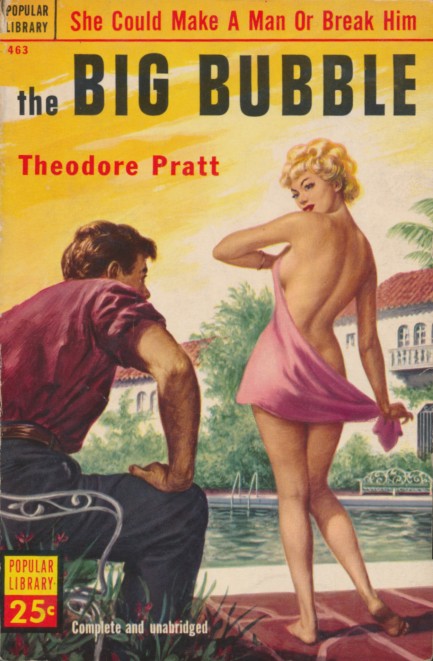
It seems like Florida novels are a distinct genre of popular fiction, and most of the books, regardless of the year of their setting, lament how the state is being drawn and quartered in pursuit of easy money. But those complaints are usually just a superficial method of establishing the lead characters' local cred. Theodore Pratt, in his novel The Big Bubble, takes readers deep inside early 1920s south Florida real estate speculation in the person of a builder named Adam Paine (based on real life architect Addison Mizner), who wants to bring the aesthetic of old world Spain to Palm Beach—against the wishes of longtime residents.
Paine builds numerous properties, but his big baby is the Flamingo Club, a massive hotel complex done in Spanish and Moorish style. He even takes a trip to Spain to buy beautiful artifacts for his masterpiece. This was the most interesting part for us, riding along as he wandered Andalusia (where we live), buying treasures for his ostentatious palace. He buys paintings, tapestries, sculptures, an ornate fireplace, an entire staircase, basically anything that isn't nailed down, even stripping monasteries of their revered artifacts. His wife Eve is horrified, but Paine tells her he's doing the monks a favor because they'd otherwise go broke.
You may not know this, but Spain is pretty bad at preserving its ancient architecture. That's another reason The Big Bubble resonated for us—because Spain is very Floridian in that it's being buried under an avalanche of cheap, ugly developments. We love south Florida's Spanish revival feel. What's metastasized in Spain is a glass and concrete aesthetic that offers no beauty and weathers like it's made of styrofoam. The properties are basically glass box tax dodges. The point is, reading The Big Bubble felt familiar in terms of its critique of real estate booms, but simultaneously we saw Paine as a visionary. He made us wish Spanish builders had a tenth of his good taste.
Since the book is set during the 1920s (and its title is so descriptive) you know Florida's property bubble will burst. Paine already has problems to deal with before the crash. Pratt resolves everything in interesting fashion. He was a major novelist who wrote more than thirty books, with five adapted to film, so we went into The Big Bubble expecting good work, and that's what we got. And apparently it's part of a Palm Beach trilogy (though he set fourteen novels in Florida total). We'll keep an eye out for those other two Palm Beach books (The Flame Tree and The Barefoot Mailman). In the meantime, we recommend The Big Bubble. Originally published in 1951, this Popular Library edition is from 1952 with uncredited art.
| Vintage Pulp | May 17 2020 |

Below, another collection of covers featuring characters expressing a little affection, a continuation of the lip locks we put together way back in 2013, and an adjunct to our collection of Harry Barton neck kisses from 2017. 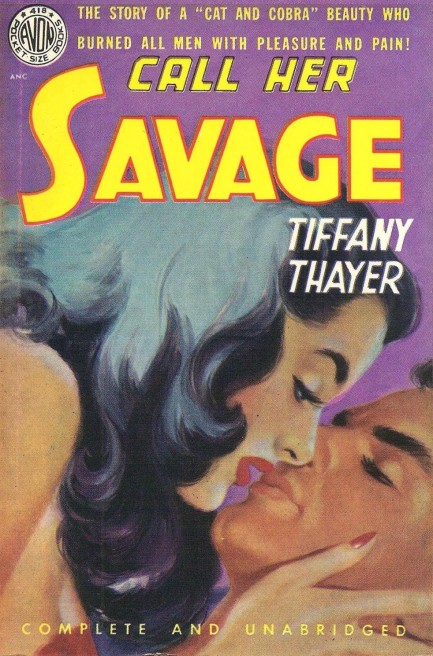
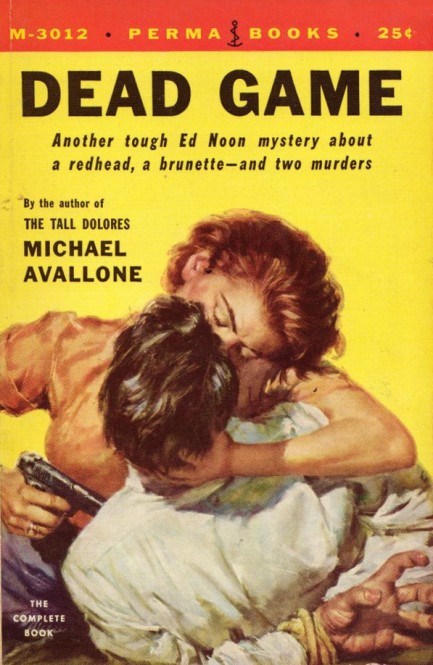
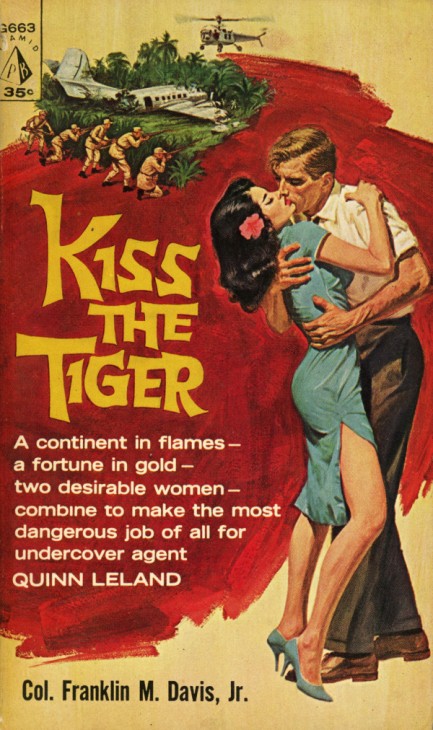
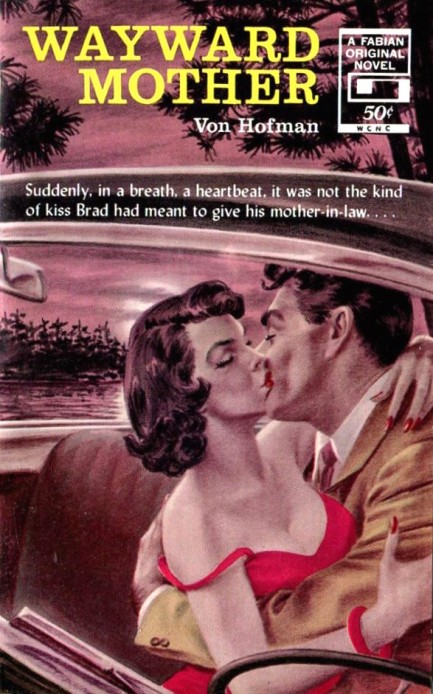
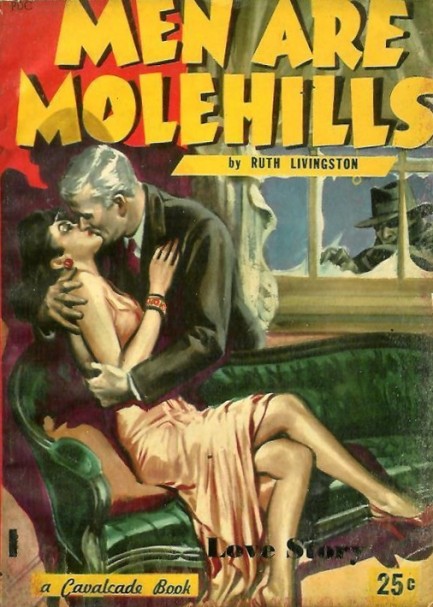
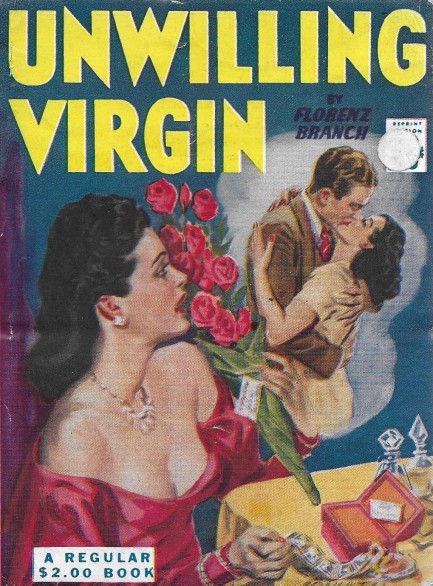
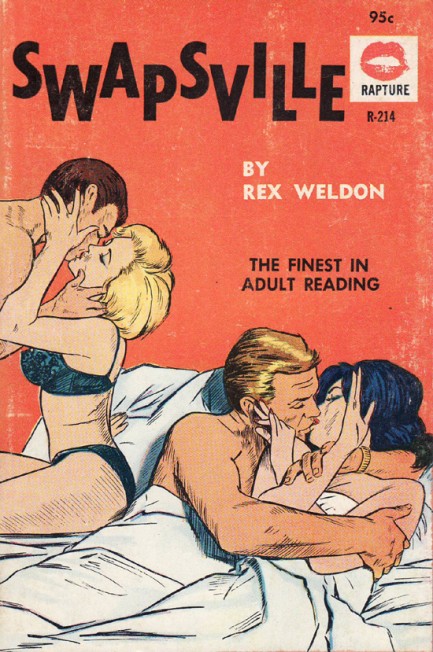
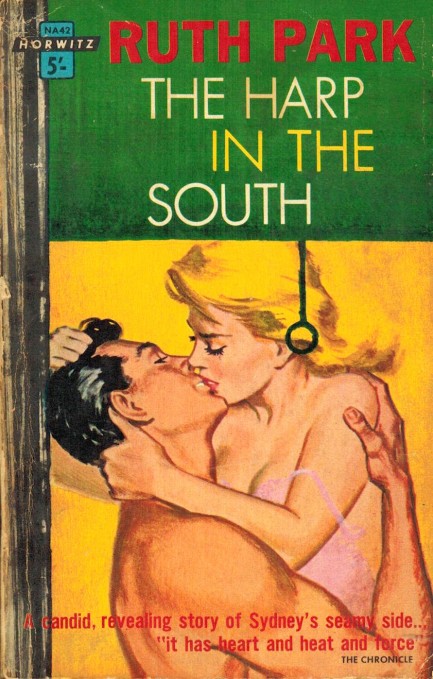
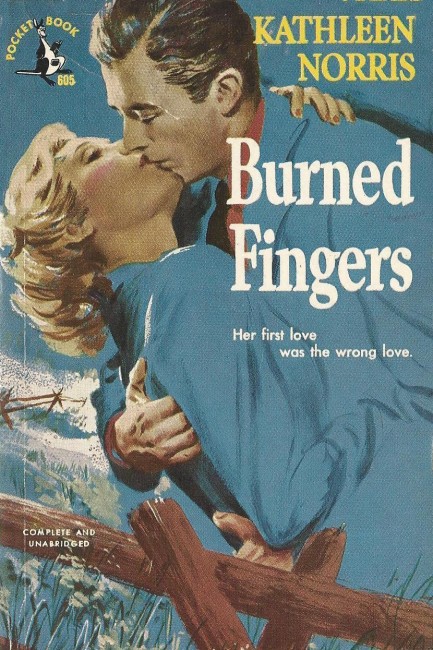
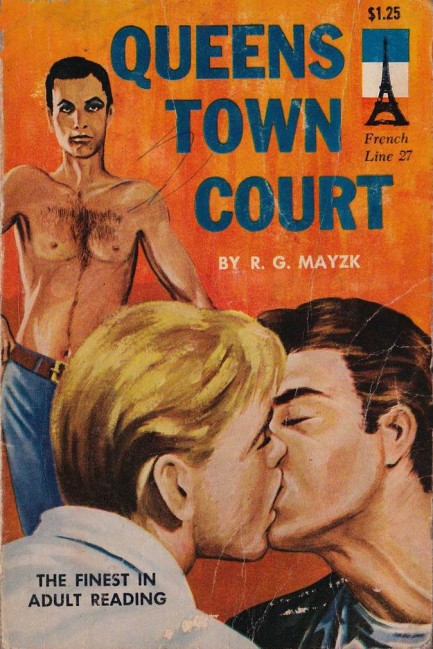
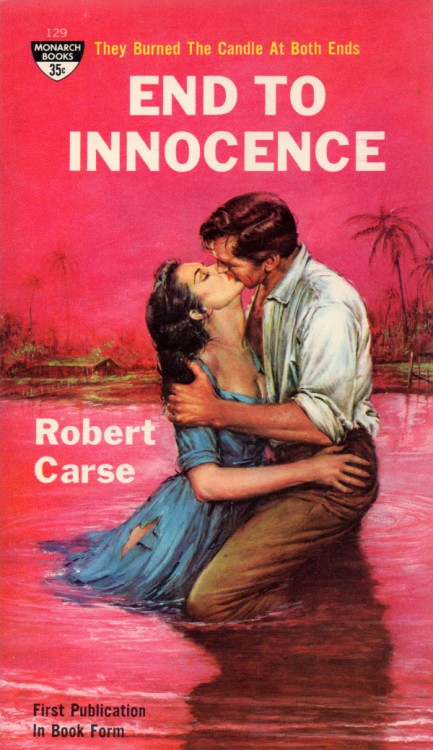
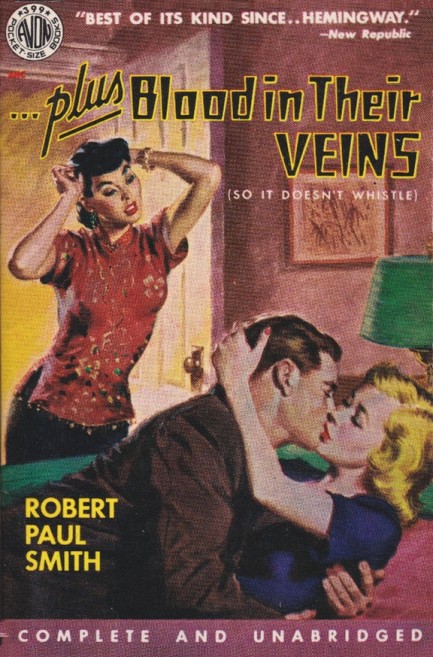
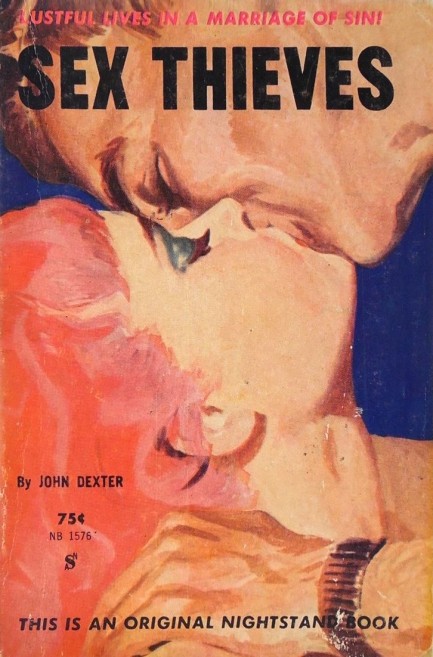
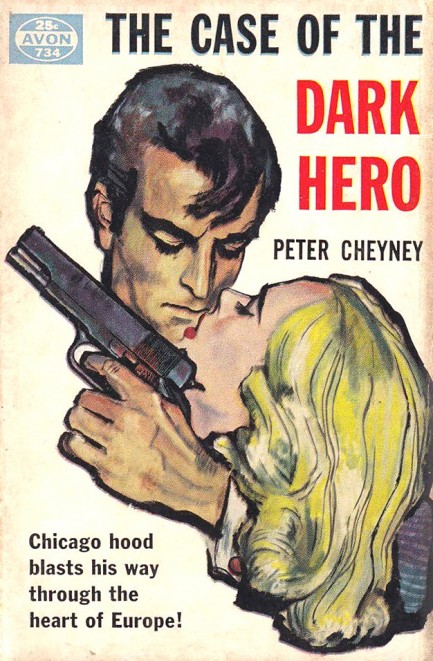
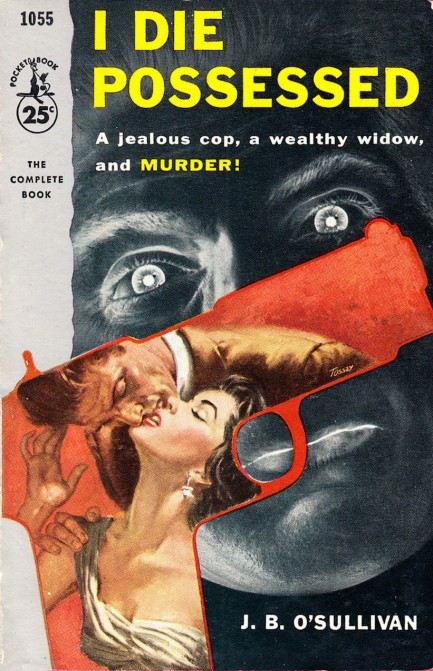
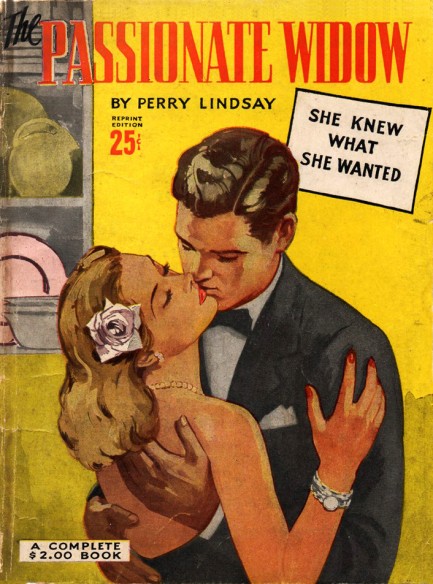
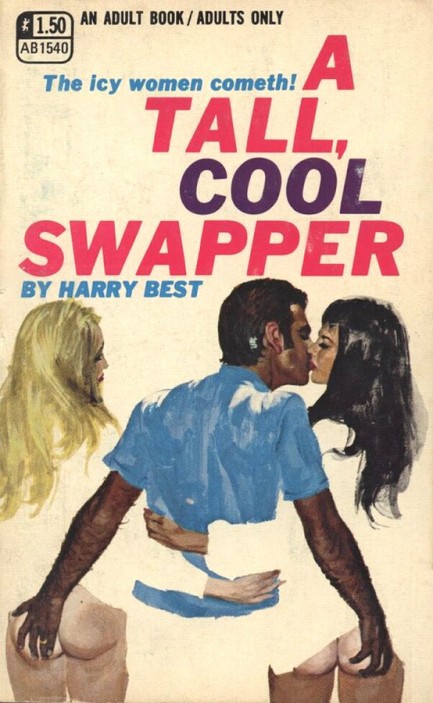
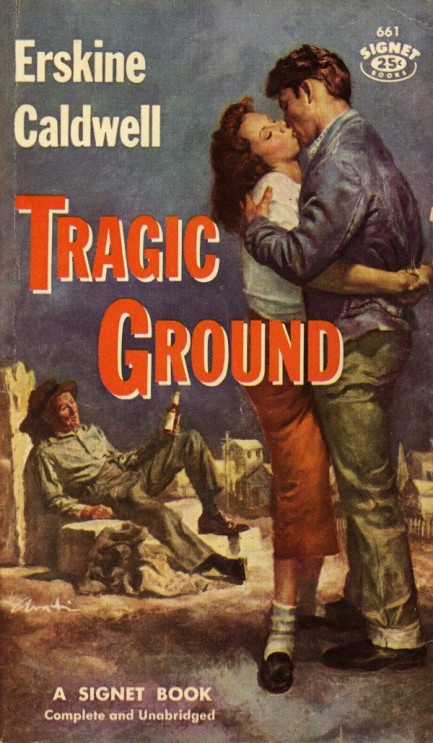
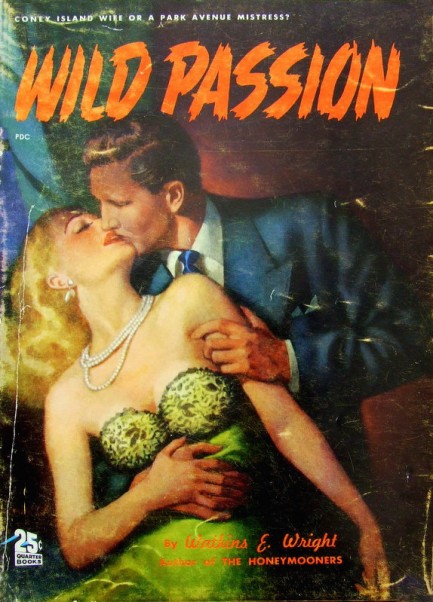
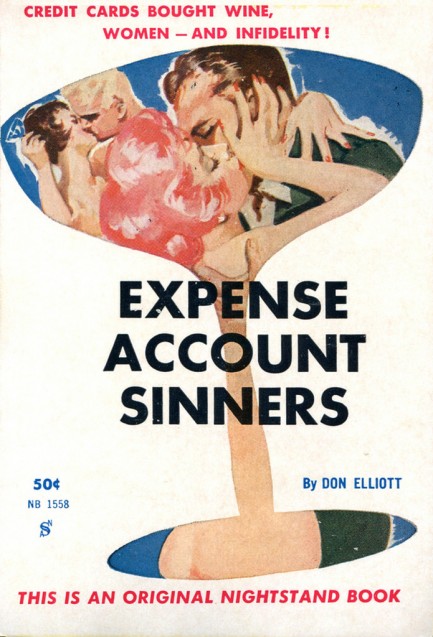
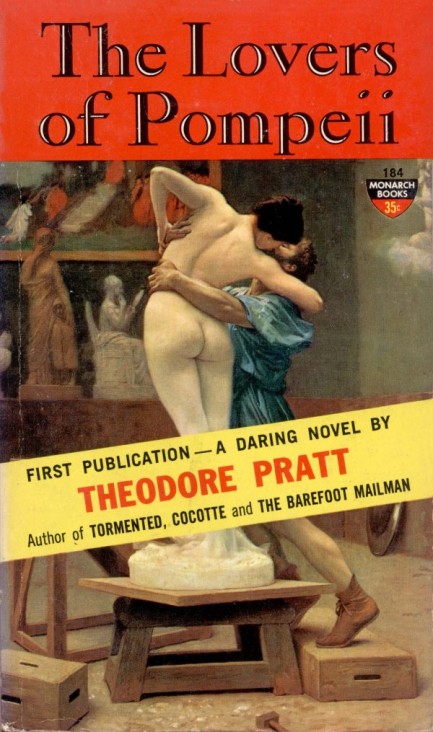
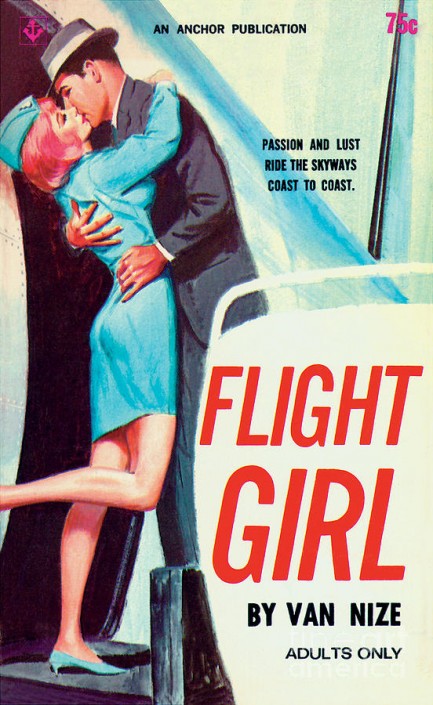
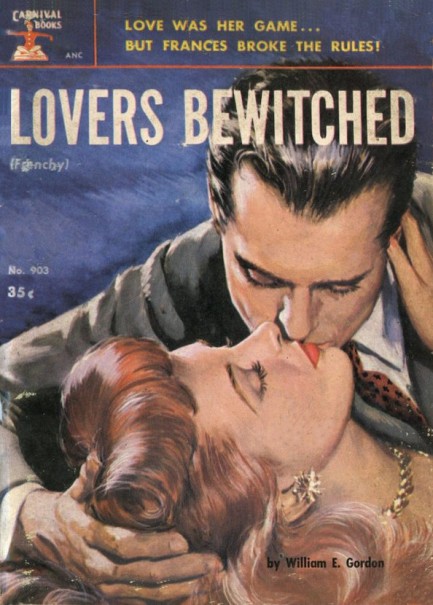
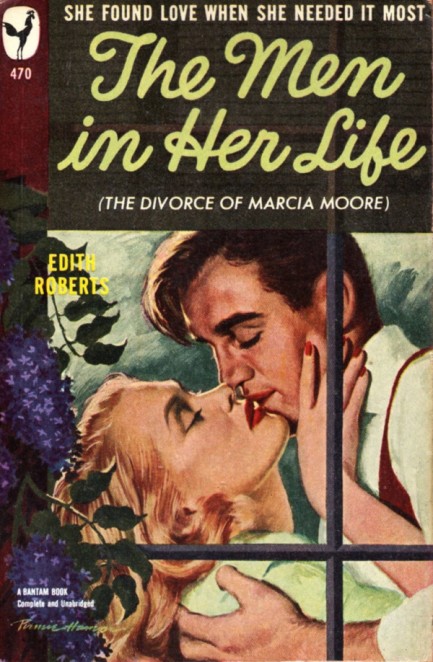
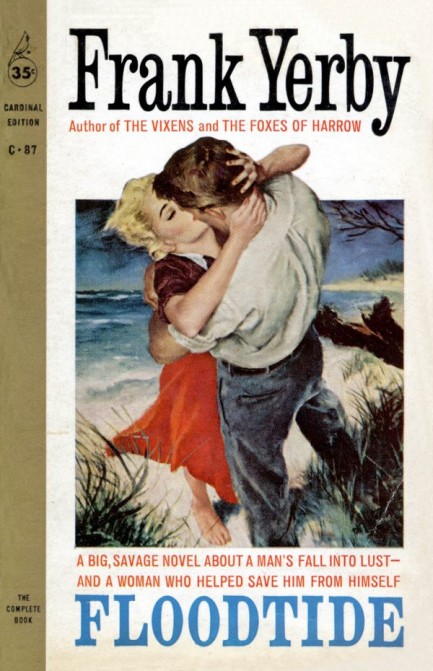
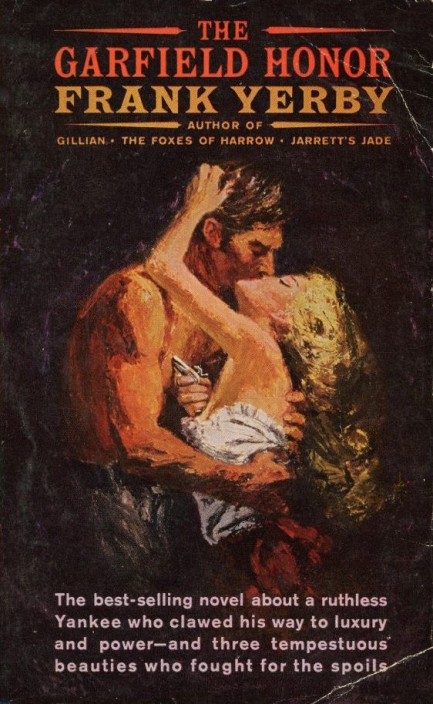
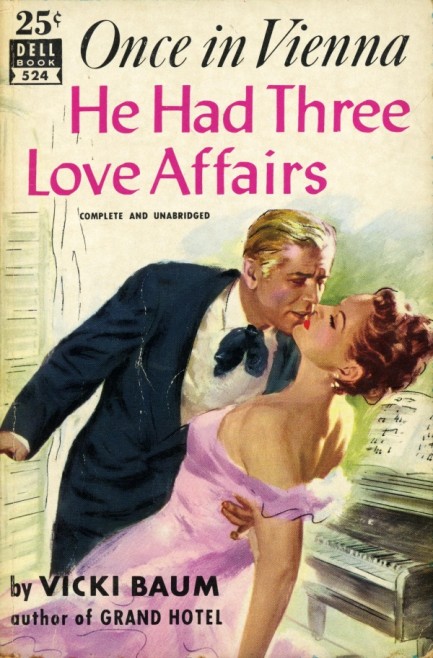
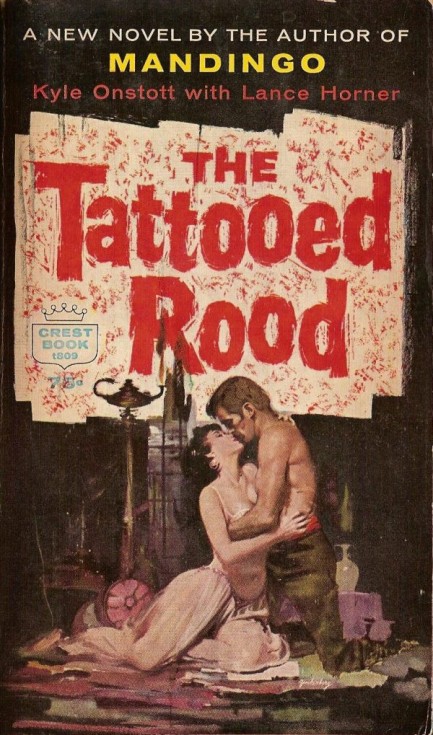
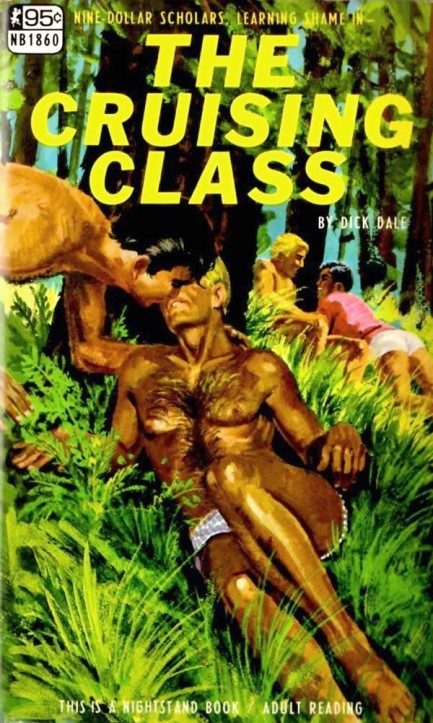
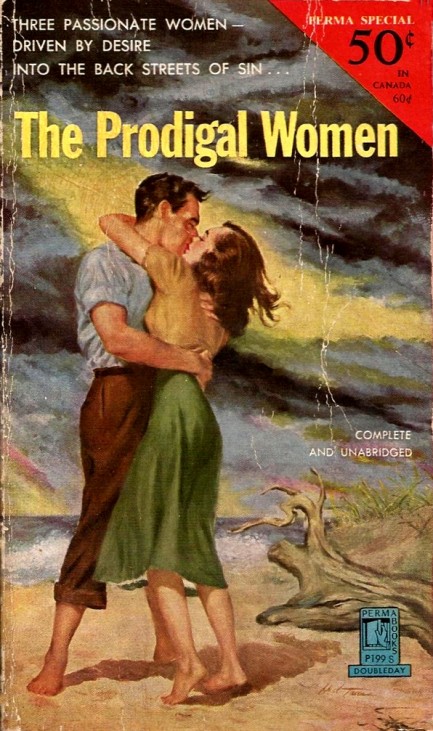
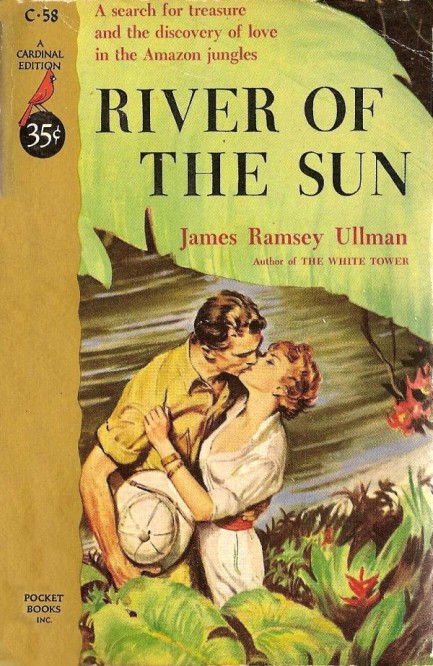
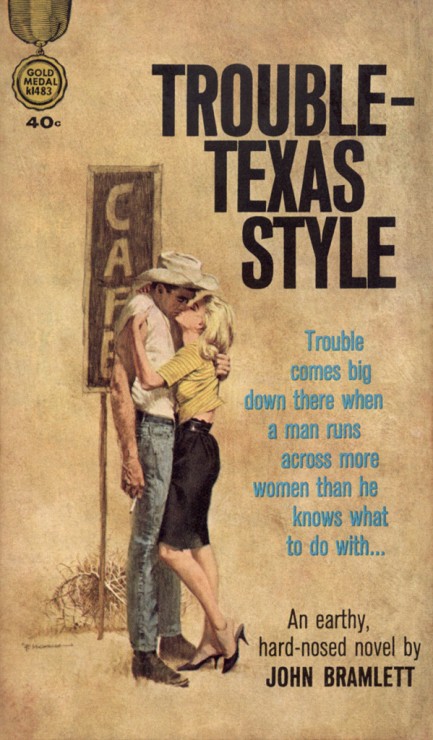
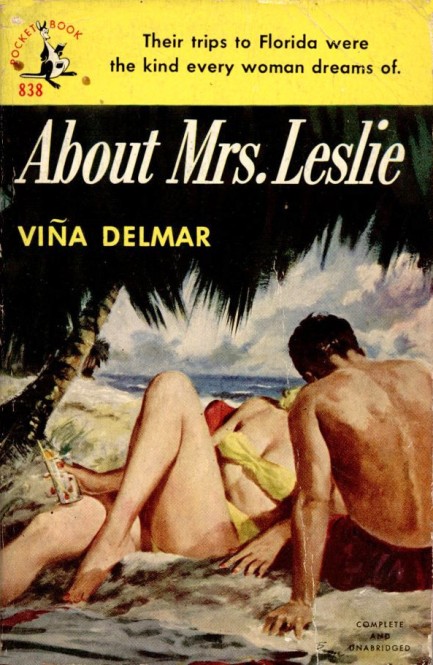
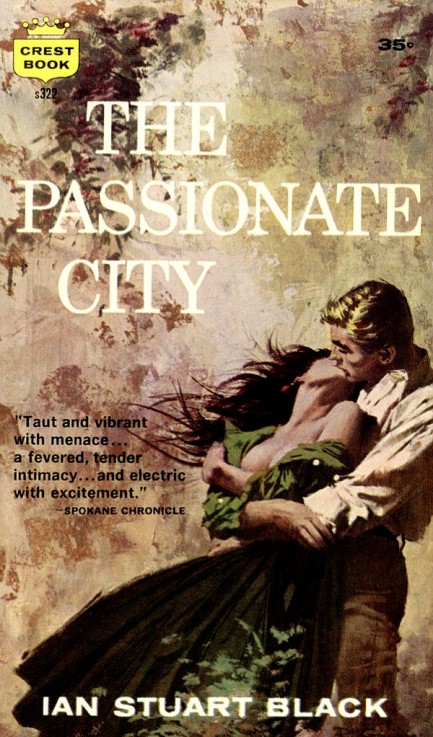
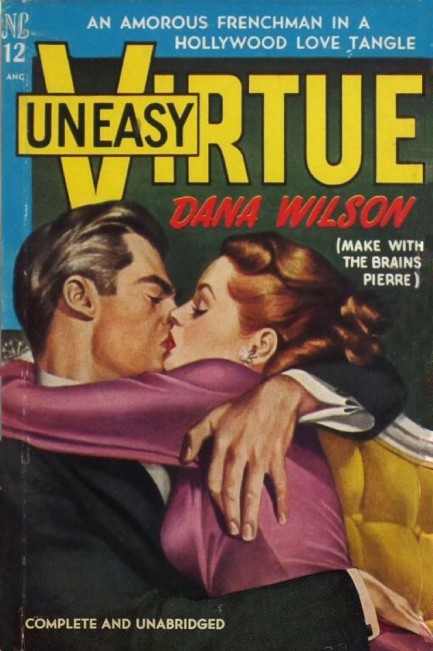
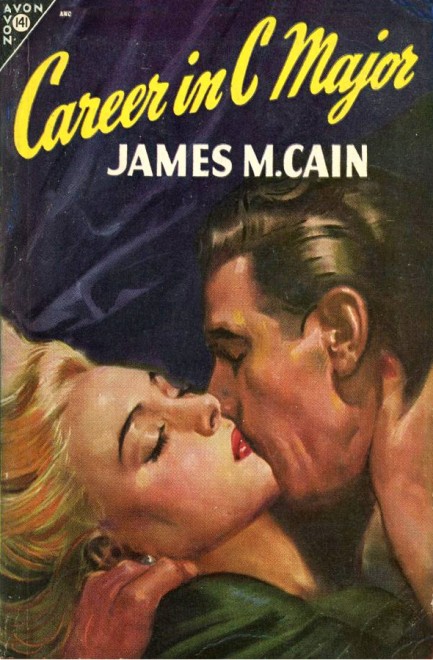
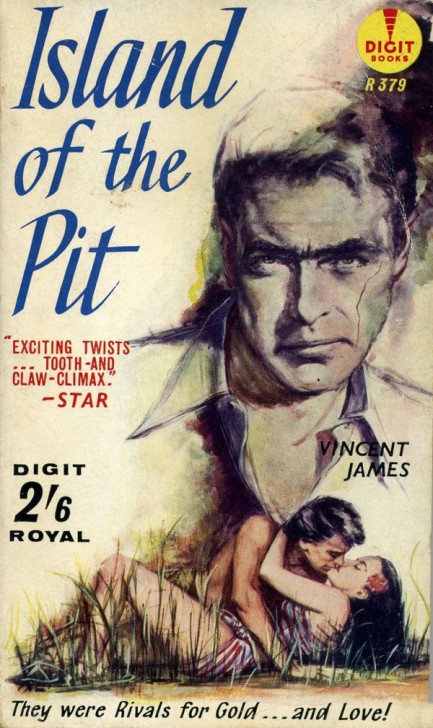
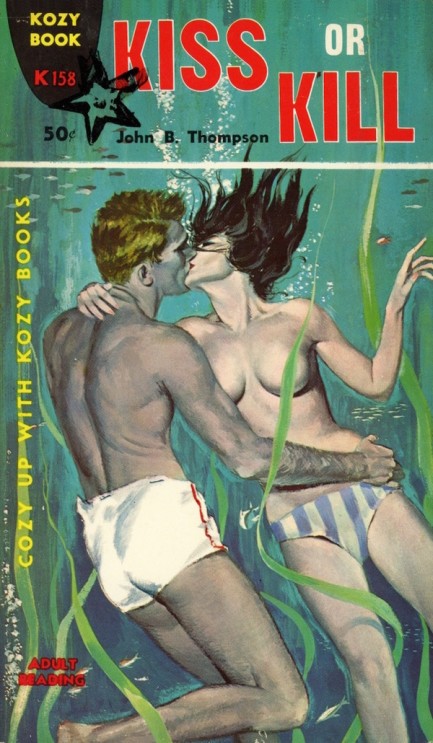
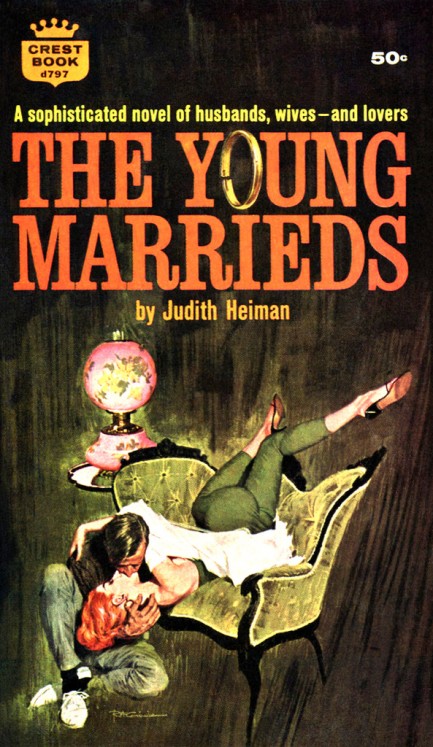
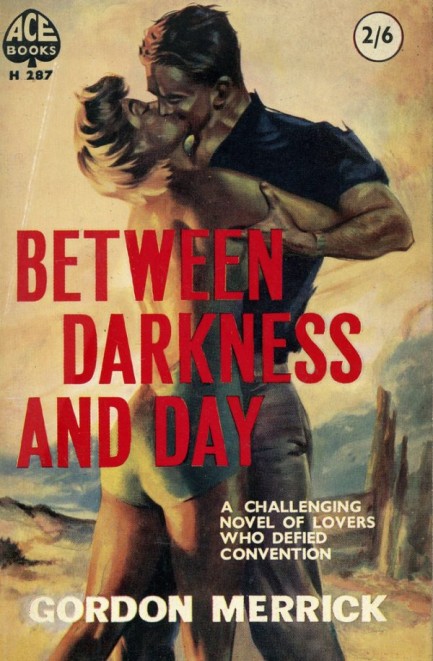
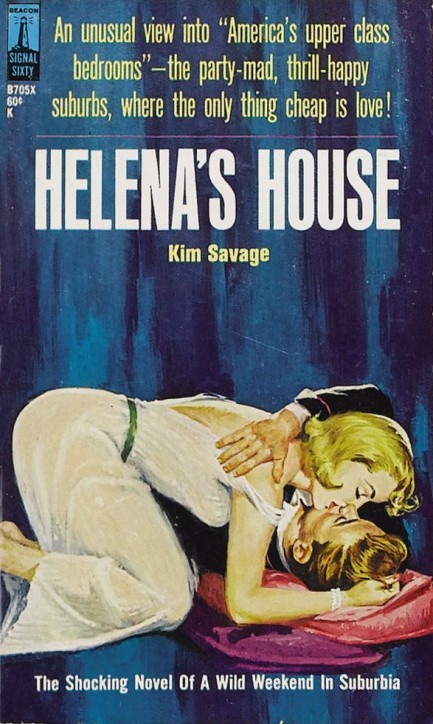
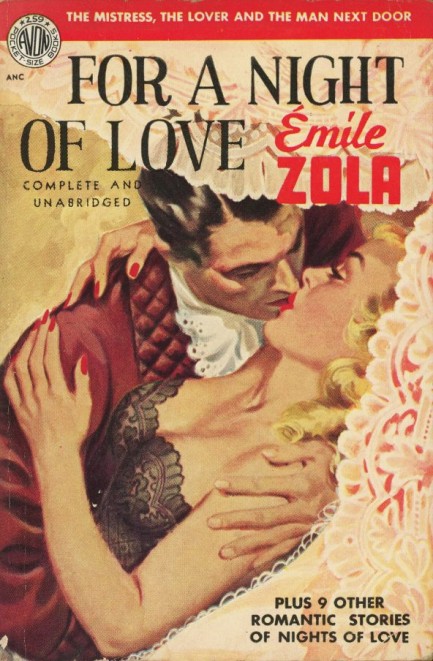
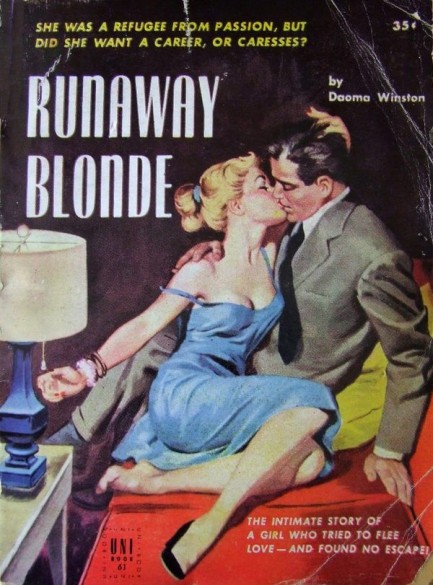
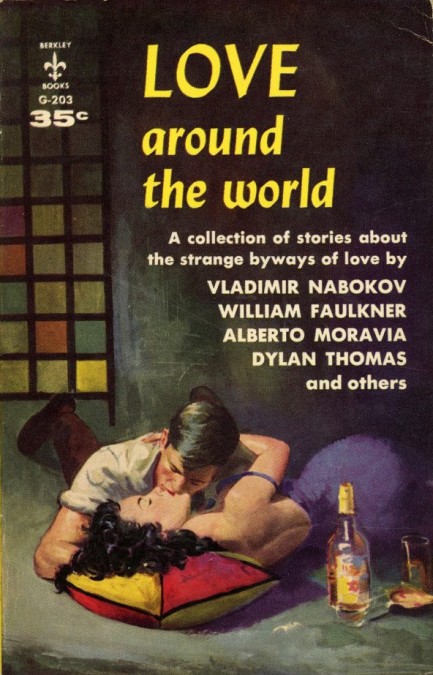
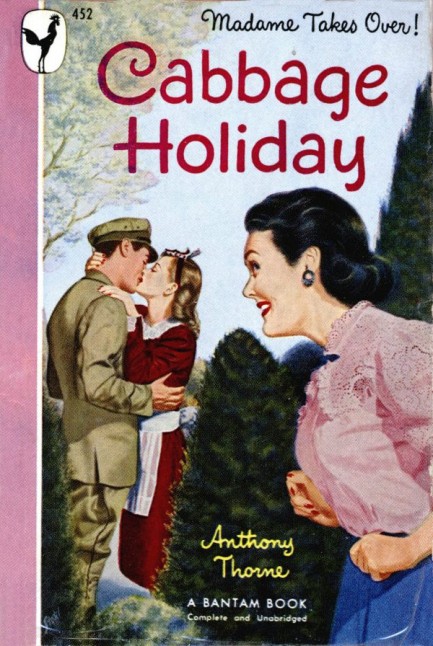
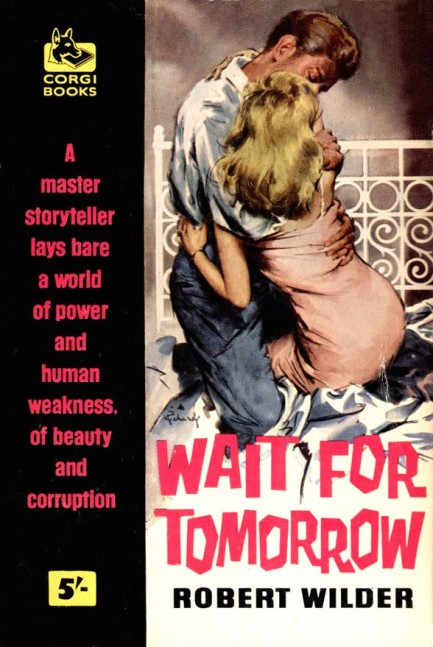
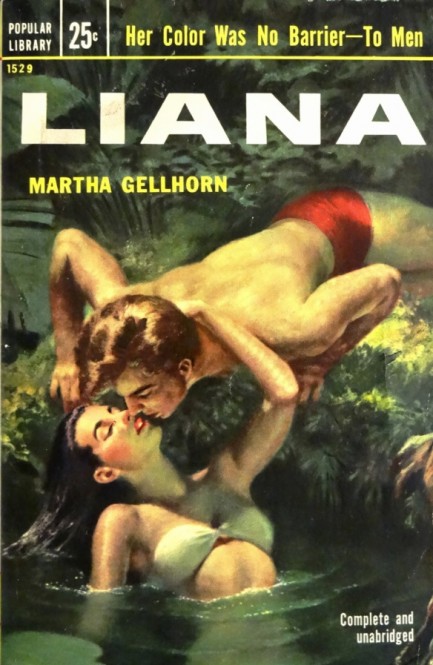
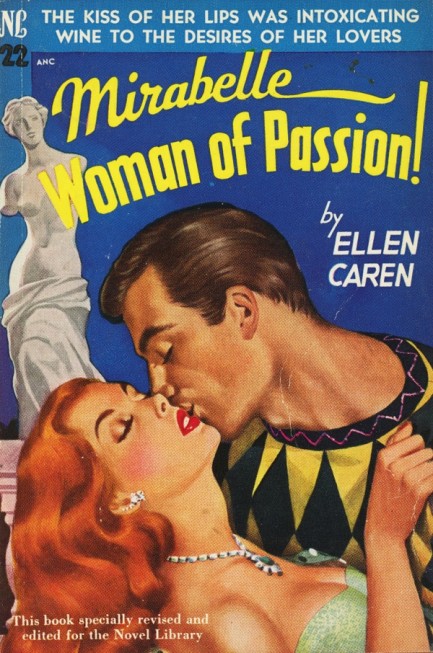
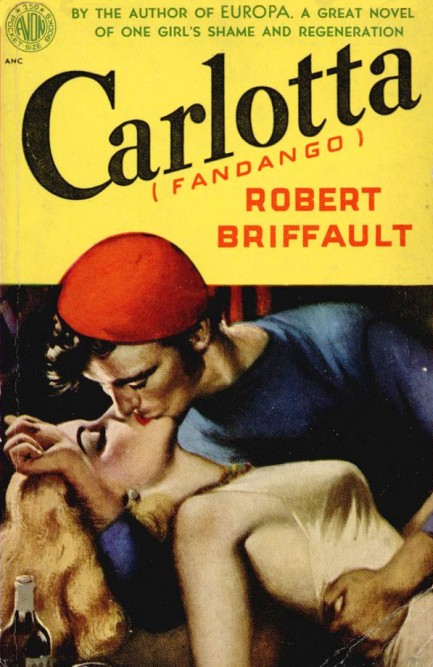
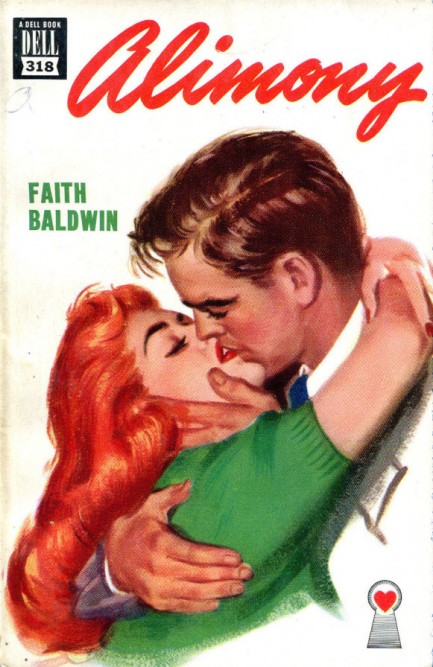
| Vintage Pulp | Apr 6 2020 |

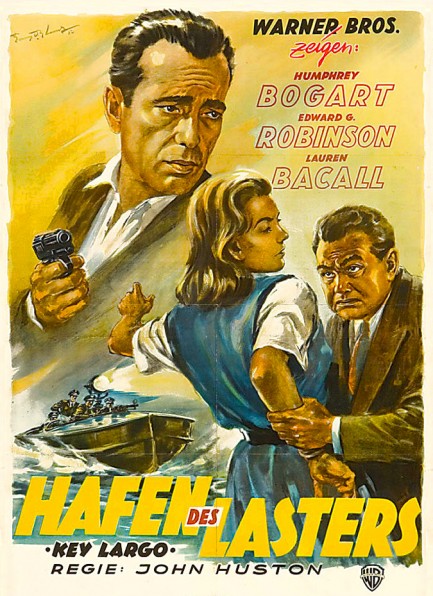
 the signature in case you have an idea what this scrawl says.
the signature in case you have an idea what this scrawl says.| Vintage Pulp | Sep 16 2019 |

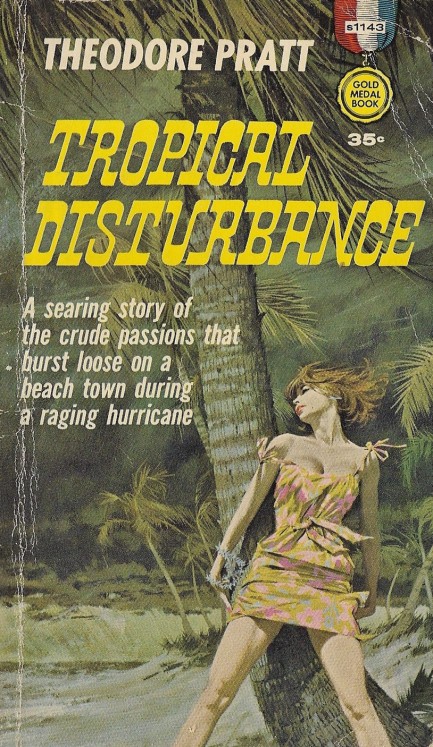
Occasionally it's instructive to think about fictional situations with characters swapped or reimagined, just to be sure you're making objective judgments, and again, we don't think a man who's dating one woman, then starts dating another while telling the first she just has to wait around until he makes up his mind, would be labeled anything but a tremendous douche. But Tropical Disturbance is a good book anyway. When the anticipated hurricane finally comes those sequences are vivid and effective, and because Pratt has maneuvered all three members of his love triangle into the same house to weather the storm, almost anything can happen—and does. 1961 on this, with uncredited art, but which the experts say is by Robert McGinnis.
| Vintage Pulp | Feb 17 2018 |

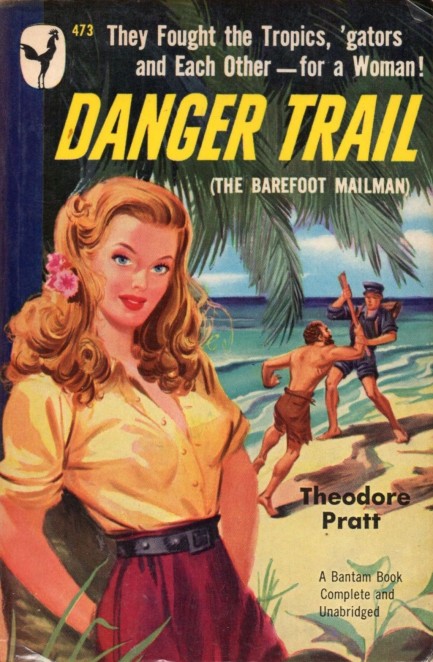
Danger Trail, written by Theodore Pratt, is about a mailman in Florida who braves storms, gators, thieves, politics, and more, along a seventy mile route from Miami to Palm Springs, to get a difficult job done. If it sounds like an unusual and imaginative tale, you're right. Pratt was an experienced writer who knew his stuff, and had five books adapted to the big screen. Danger Trail was originally published in 1943 as The Barefoot Mailman and was made into a 1951 movie with that title. This Bantam paperback arrived in 1949.
| Vintage Pulp | Jan 24 2018 |

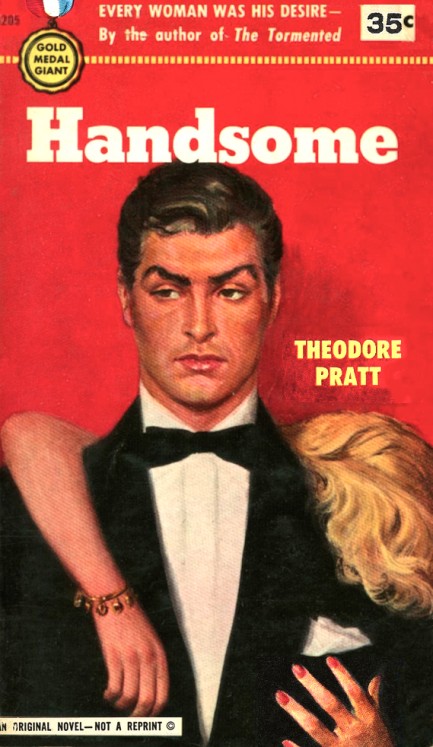
| Vintage Pulp | Jun 9 2016 |

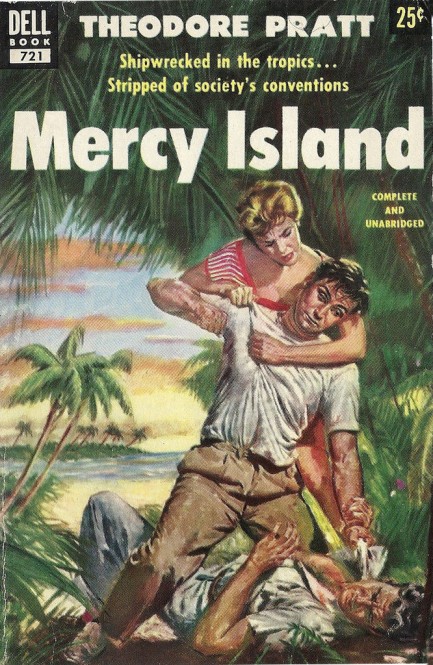
Novels set in South Florida and the Keys are basically a sub-genre of popular literature today, but Theodore Pratt was one of the earlier writers to continually set his work there, using the area for thirty-five novels. Mercy Island involves a group—local captain, youthful crewman, hard-headed sportsman, and beautiful wife—who are stranded on a deserted island when their fishing boat runs aground. But the island isn't empty. It's occupied by a man with a criminal past who has been hiding out there to dodge the law. As tensions rise and food runs short it becomes less clear who is the real danger to the group. Originally written in 1941, the book was immediately made into a hit movie starring Ray Middleton, Gloria Dickson, and Otto Kruger. This Dell paperback appeared in 1954 with uncredited cover art.




































































